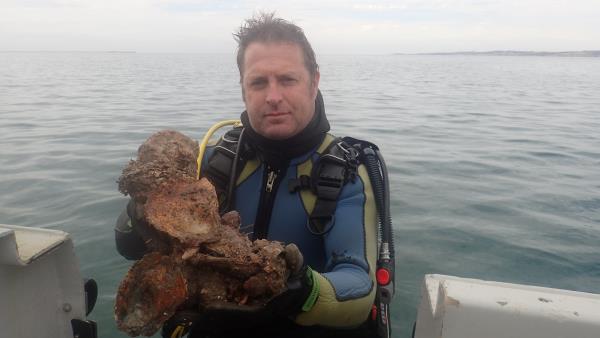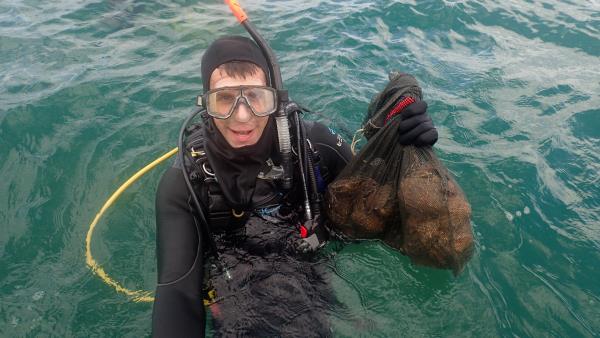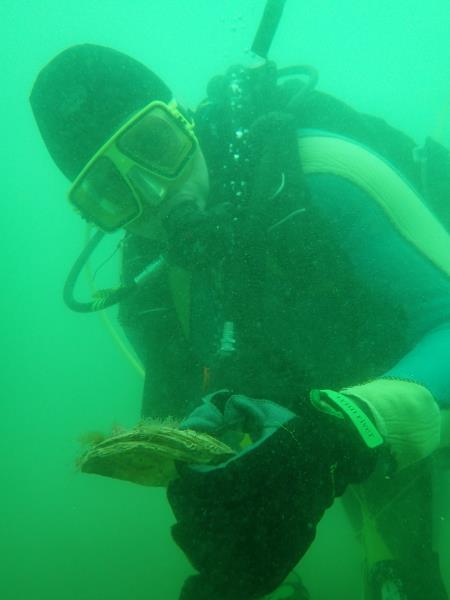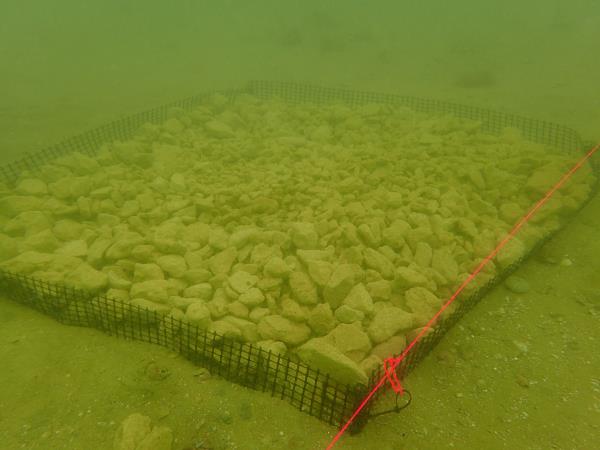
By JOHN VAN KLAVEREN
CORIO Bay’s “functionally extinct” oyster reefs and mussel beds are being rebuilt in an Australian-first shellfish restoration project.
Wilson’s Spit reef, in the bay’s outer-harbour, is one of three sites under restoration as part of the $270,000 project.
The project uses scallop shells from Mantzaris Fisheries to give spat, or baby oysters and mussels, a base on which to grow until they begin forming their own beds and reefs. Queenscliff’s Victorian Shellfish Hatchery is producting the project’s spat.
Experts estimate up to 90 per cent of a previously expansive shellfish population in Corio and Port Phillip bays has been decimated by a combination of overfishing, disease, heavy metal pollution and dredging.
The project is a partnership between The Nature Conservancy, Fisheries Victoria and Albert Park Yachting and Angling Club.
Fisheries Victoria marine scientist Dr Paul Hamer, based at the Queenscliff Marine Science Institute, said the project had just seeded Wilsons Spit reef with oyster spat.
“This project will never return the bay to what it was but it will work on local scales,” Dr Hamer said.
“If we can create lots of little local repair jobs it will make a big difference to the health of the bay.
“At the moment we’re trying to come up with the best recipe to do it and then we can work out how to do larger reefs.
“Wilsons Spit was a big oyster reef until even 20 or 30 years ago but suffered a severe impact from disease.”
Dr Hamer said the project could spread to other areas up and down the south-east coast where shellfish stocks had been similarly depleted.
The Nature Conservancy marine manager Dr Chris Gillies said the project was an example of people giving nature a helping hand.
“Our organisation has done 80 shellfish restoration projects around the world, so we can provide an international scientific context,” Dr Gillies said.
“Habitats like shellfish reefs are great habitats for providing fish with nursery grounds and they help to protect our shorelines.
“Shellfish are great at filtering the water to prevent harmful algal blooms. An adult oyster may filter 100 litres of water a day and a few mussels likewise.
“Oyster reefs and mussel beds provide structural habitat and hard substrate for myriad other marine life to live in and on.”
Dr Gillies said the project hoped to eventually create smaller partnerships with community groups such as fishing and yacht clubs and schools.
“Through these partnerships they could build their own little reefs everywhere and eventually have a connected reef system throughout the bay.”









